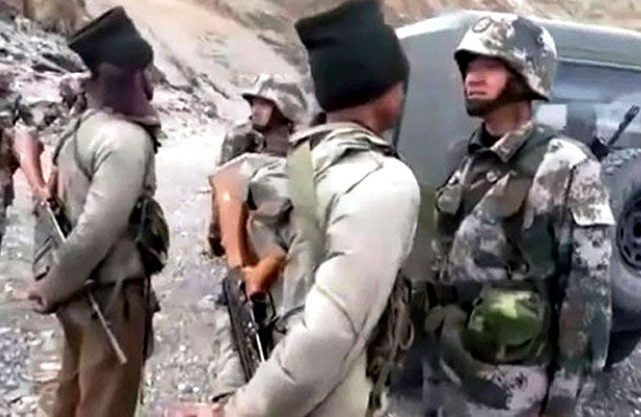The United States Department of Defence said that it continues to closely watch developments along the Line of Actual Control at the India-China border and noted that China “continues to amass forces and build military infrastructure along the so-called LAC.”
Pentagon Press Secretary Air Force Brig. Gen. Pat Ryder in an on-Camera Press Briefing on December 13 (local time) said that China is growingly asserting itself and being proactive in areas directed toward US allies and partners in Indo-Pacific.
Asked about the December 9 face-off between Indian and Chinese troops in the Tawang sector in Arunachal Pradesh, the spokesperson said, “The DoD continues to closely watch developments along the line of actual control at the India-China border.
“We have seen the PRC continue to amass forces and build military infrastructure along the so-called LAC. But I would defer you to India in terms of their views. It does reflect though, and it’s important to point out, the growing trend by the PRC to assert itself and to be provocative in areas directed towards US allies and our partners in the Indo-Pacific,” the Pentagon spokesperson said.
“…We will continue to remain steadfast in our commitment to ensuring the security of our partners. And we fully support India’s ongoing efforts to de-escalate this situation, Ryder said.
Defence Minister Rajnath Singh told Parliament on Tuesday that Chinese troops had attempted to transgress the LAC at Yangtse in the Tawang sector of Arunachal Pradesh in a bid to “unilaterally change the status quo” but were given a firm and resolute response forcing the Chinese side to retreat. In his statement in both the Lok Sabha and Rajya Sabha, Singh said the face-off led to a physical scuffle that led to injuries to a few personnel on both sides but “there were no fatalities or serious casualties” to Indian soldiers.
“The Chinese side was asked to refrain from such actions and maintain peace and tranquility along the border. The issue has also been taken up with the Chinese side through diplomatic channels,” Singh told Parliament.
On Tuesday (local time), the White House Press Secretary Karine Jean-Pierre said that the US is closely monitoring the situation and that Washington is ” glad to hear that both sides appear to have quickly disengaged from the clashes.”
” We are closely monitoring the situation. We encourage India and China to utilize existing bilateral channels to discuss disputed boundaries. Again, we are — we’re glad to see that there has been some disengagement on the clashes at this time,” the White House Press Secretary said.
The US State Department Spokesperson Ned Price also in his press briefing on December 13 (local time) stated that the Price stated that the US is glad to hear both sides have quickly disengaged after the clashes in Tawang.
“…we’re continuing to monitor very closely and to engage with our Indian partners,” Price said.
Responding to a question on the strategy of the US in case the situation escalates, the spokesperson said, “India is indeed an important strategic partner of the United States bilaterally, in the Quad, and other multilateral fora as well. So we’re always, with that in mind, in close contact with our Indian partners, both from our mission in India as well as from the State Department here in Washington.”
“… we do strongly oppose any unilateral attempts to advance territorial claims by incursions, military or civilian, across the border at the established Line of Actual Control,” he said adding that, “We encourage India and China to utilize existing bilateral channels to discuss disputed boundaries.” (ANI)
Read More: http://13.232.95.176





